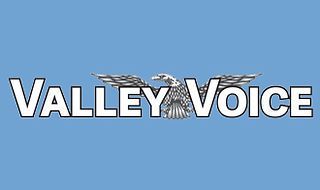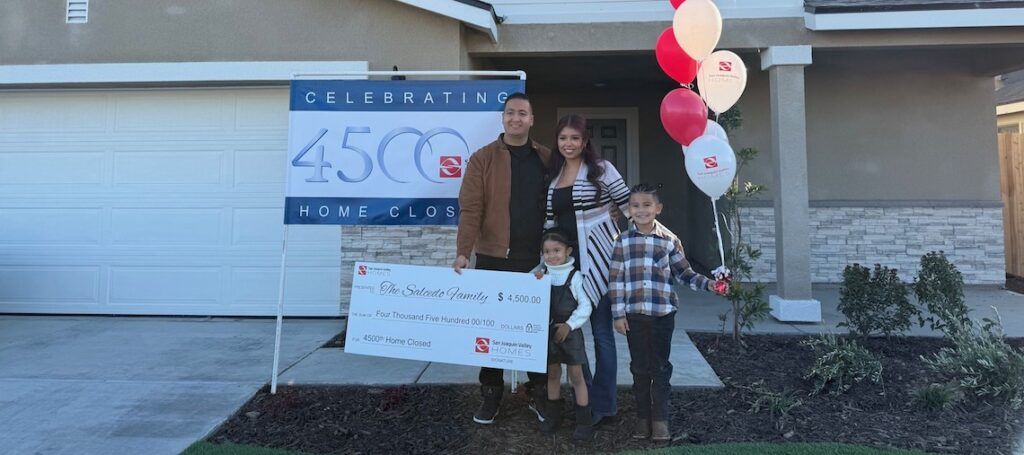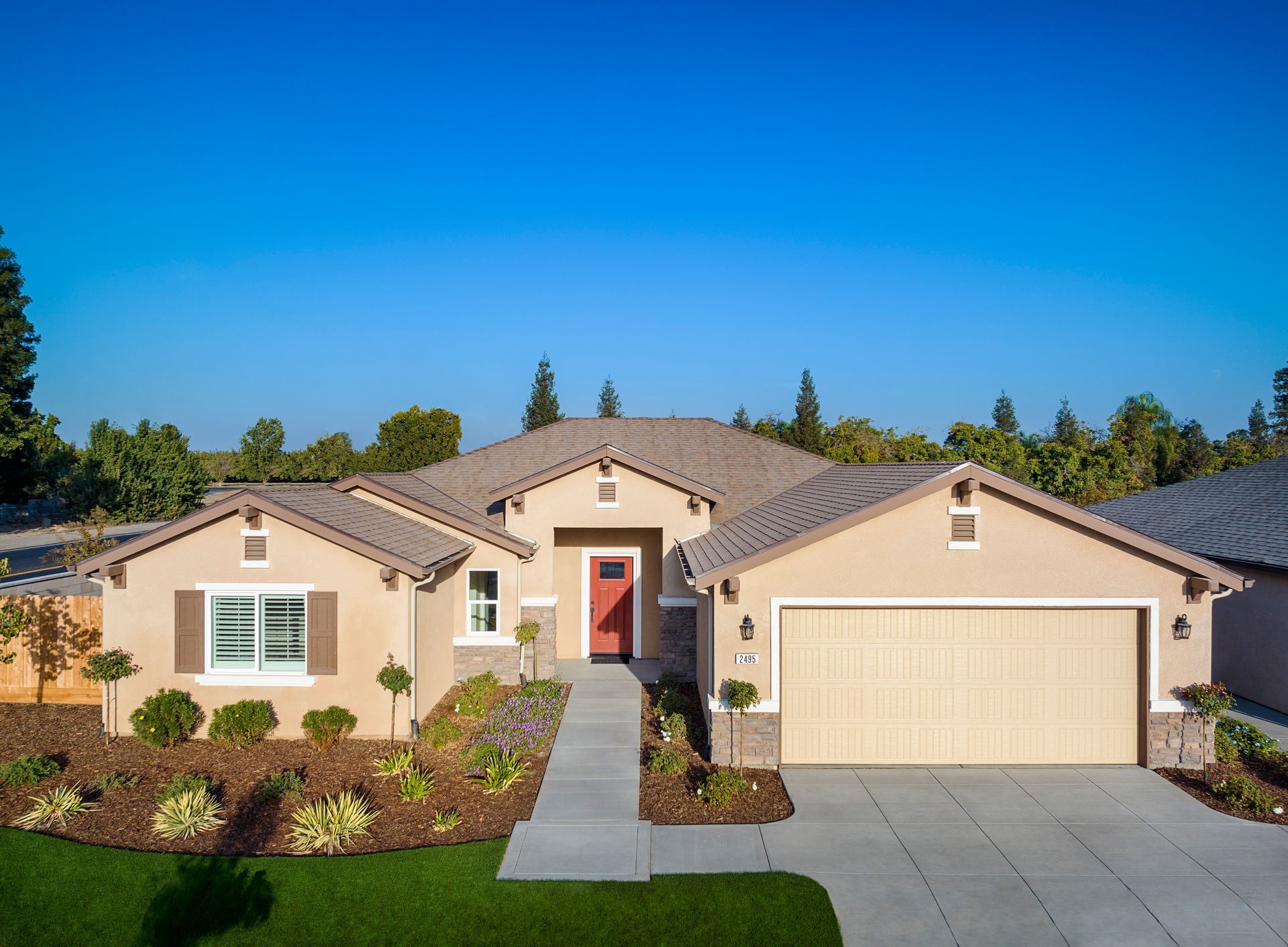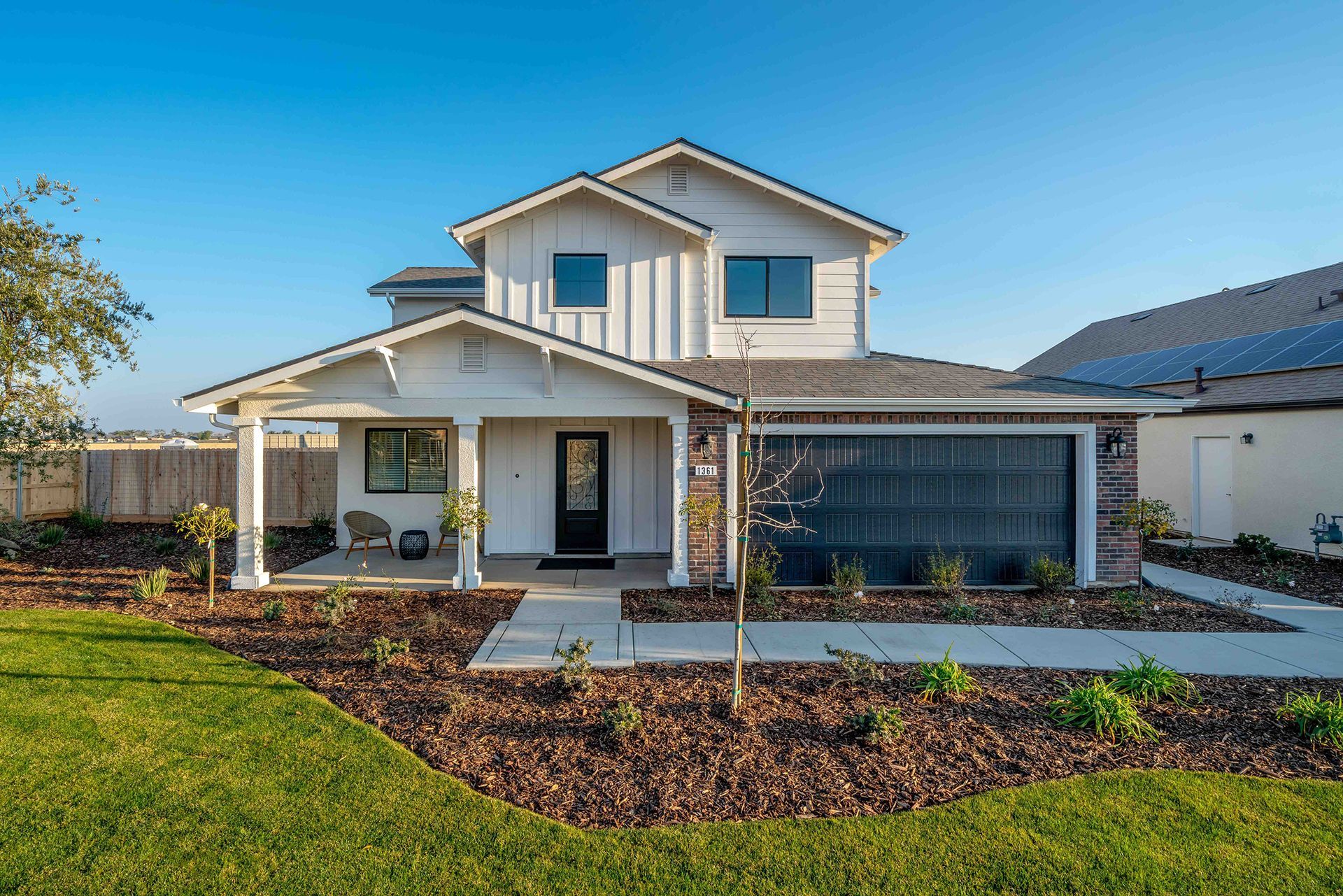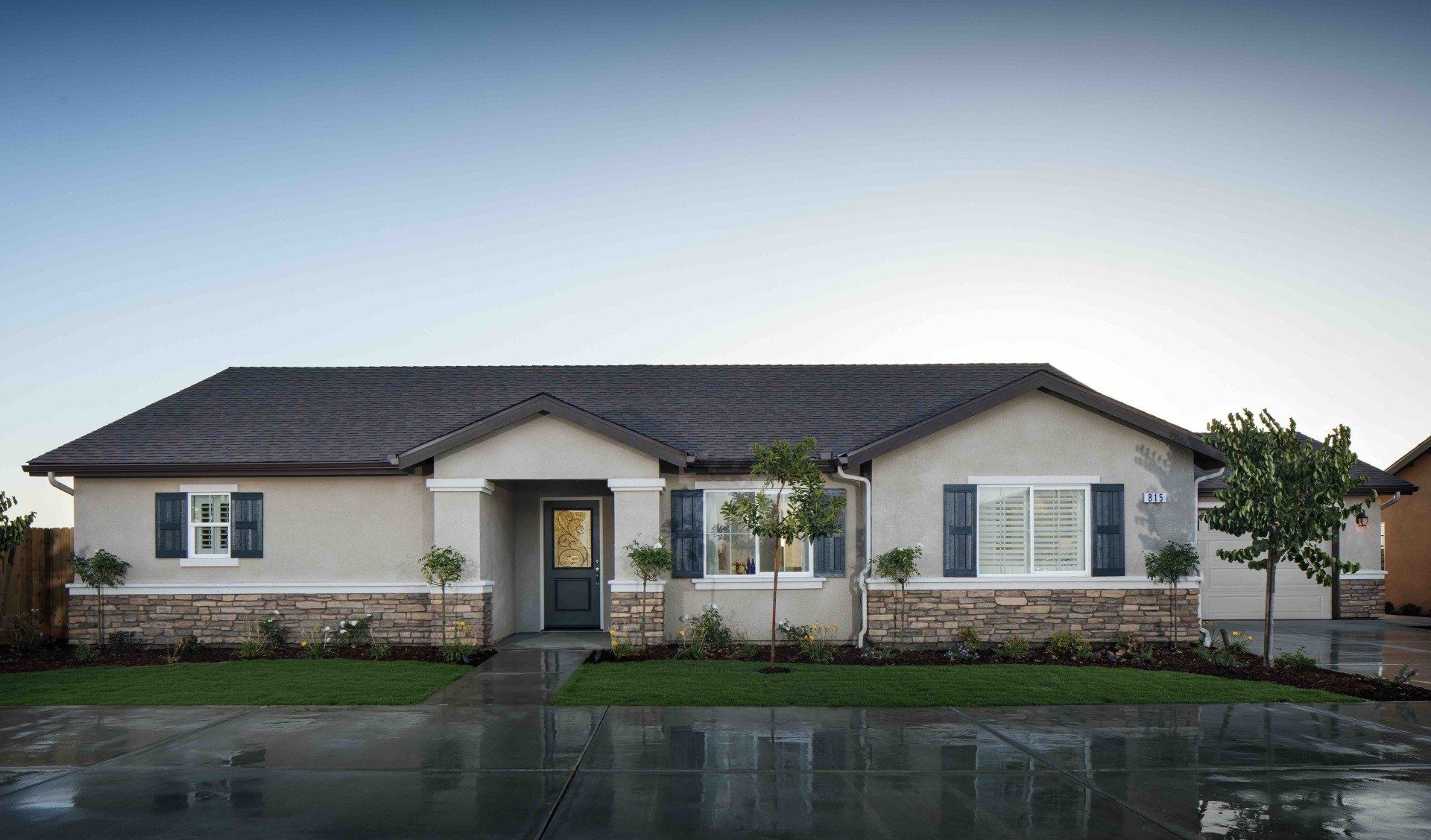San Joaquin Valley Homebuilders Reveal A Bright Future For Tulare County

It’s fairly easy to find out how Tulare County is doing with a drive around the area. The bustle in the shops of Visalia and Tulare, the condition of roads and other public construction, and even the types of homes and prices at our developments reveal something about the area economy.
But if you’re going to move your family and yourself to this part of California, you need assurances beyond your agent’s optimism that the future looks bright. For objective information, you can turn to the California County-Level Economic Forecast put out by the Economic Analysis Branch of the California Department of Transportation. The report predicts how the state will be doing from 2013 to 2040, with much of the focus from 2013 to 2018. Here are the highlights for Tulare County.
- Employment growth will average 1.9 percent per year from 2013 to 2018. Of the 156,200 total wage and salary jobs in 2016, about 36,800 will be in farming, 31,600 will be in government, 20,900 will be in wholesale and retail trade, and 12,100 will be in health and education. The biggest employment gains from 2013 to 2018 are forecast to be in professional services, construction, education and healthcare, and agriculture.
- The county’s population will expand by 1.4 percent per year from 2013 to 2018, which is relatively fast. The predicted population for 2016 is 473,357, up from an estimated 468,592 for 2015. Real per capita income for 2016 will be around $32,112. While this is up from $31,603 for 2015, it is still below the state average for California, which will be $49,645 for 2016. Growth in real income for the county is expected at 1.6 percent annually from 2013 to 2018.
- From 2013 to 2018, total personal income will grow by 16.1 percent with the fastest growing jobs sector belonging to construction. Total job growth will be 9.9 percent with retail sales growth expected at 12 percent. Real farm crop value will increase to $42.6 billion in 2016 compared to $42.2 billion in 2015. Real industrial production will also go up to $390 billion in 2016 compared to $376.4 billion in 2015. Total taxable sales are forecast to increase to $741.1 billion in 2016, up from $680.8 billion in 2015.
- Inflation for 2016 will show a 2.4 percent change in the Consumer Price Index compared to 2.1 percent for 2015. Unemployment should decline to 6.7 percent for 2016, compared to 7.3 percent in 2016.
According to Zillow, home values, as shown by properties for sale and not on the market, increased by 8.8 percent to a median $171,200 in 2015.
- For 2016, home prices are predicted to go up by 5.7 percent. The real estate market is considered stable, favoring neither buyers nor sellers strongly. Homes typically stay on Zillow for an average of 79 days before being sold. Only about 3.6 percent of homeowners are delinquent on mortgages compared to 4.8 percent throughout the country.
- The rent index is at $1,149 per month for Tulare County compared to $1,382 for the rest of the country. It only takes 1.4 years of renting before buying becomes more advantageous financially.
While it’s too soon to say whether the strongest El Nino ever predicted will finally end the California drought, the Tulare County Resource Management Agency is preparing for a 50 percent above-average rainfall, or 20 inches, from October 2015 to May 2016. This could produce necessary rains in the Central Valley that, if spread out over several months, could fill reservoirs, aquifers, lakes, rivers, which bodes well for agriculture. However, if the rains fall in a torrent over a short period, floods could result. For this chance, the county is clearing water channels and storm drains and bringing flood pumps back online.
Most of these stats point to a brighter 2016 and beyond for Tulare County. As for specific cities in the county, Forbes Magazine ranks the Visalia-Porterville area as among the top 200 places in the country for business and careers, job growth, education, and the cost of doing business.
If you want to know more about Tulare County or want to tour some of the homes developed by San Joaquin Valley homebuilders, please contact us.

